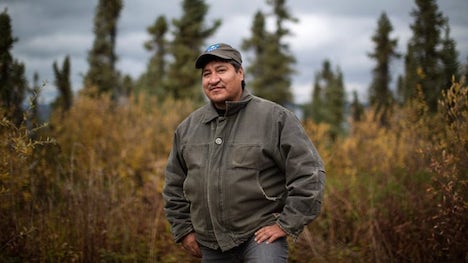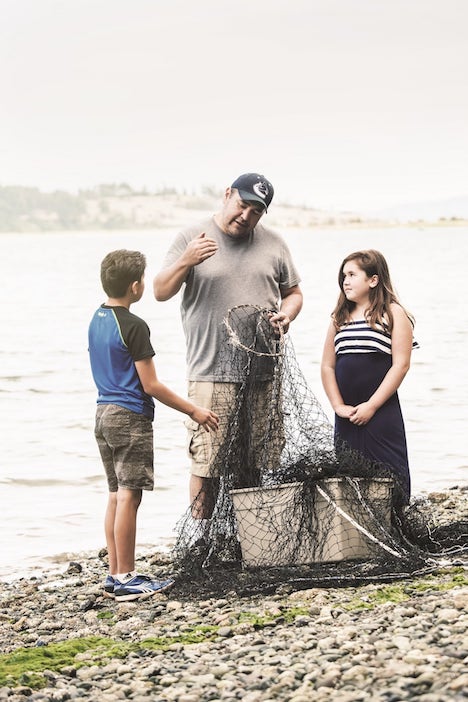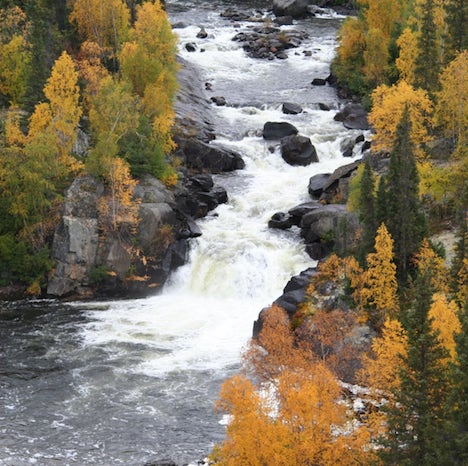Despite new legislation, critics say consultation often lacks real desire to listen, learn As various levels of government become more serious about climate change, there has been heightened interest in incorporating Indigenous knowledge in that effort. Last year, the federal government passed new environmental assessment legislation, the Impact Assessment Act, which requires Indigenous knowledge to be used alongside scientific information in any decisions about the environment, including natural resource projects. In a guidance document, the government states that "including Indigenous knowledge in assessment processes needs to be based on a foundation of respect for the worldview of Indigenous peoples." However, those who have studied these processes say that when companies come calling in the hopes of mining or transporting natural resources on Indigenous lands, consultation becomes more about ticking boxes than actually listening to Indigenous teachings. Janelle Baker, an assistant professor of anthropology at Alberta's Athabasca University who worked for years as a consultant on the use of traditional lands, said the process is often geared to "identify-specific locations where things happen ... so that a site can be identified, avoided or mitigated, and they want to move on." In contrast, she said, "you go to a[n Indigenous] community member, and they see things more holistically" and are concerned with cascading and cumulative effects of development on their way of life. Baker, whose mother and grandmother are Métis, called the consultation process itself "extractive." When a company comes to hear the perspective of an Indigenous knowledge keeper, "that person shares personal information, teachings — that's a gift that someone is giving these people," she said. "To me, that knowledge has been extracted to prove [that an Indigenous person has] been consulted, without actually considering what that person has taught or shared." A different relationship with nature Last week, the Supreme Court of Canada dismissed a First Nations challenge against the controversial Trans Mountain pipeline expansion project, which would twin an existing 1,150-kilometre pipeline going from Edmonton to coastal B.C. A group comprising the Squamish Nation, Tsleil-Waututh Nation and Coldwater Indian Band had challenged the federal government's second approval of the pipeline, citing inadequate Indigenous consultation.
Part of the problem is the process is imposed on Indigenous people and leaves no room for their language, ceremonies or understanding of relations to the land, said Nick Claxton, elected chief of Tsawout First Nation on Vancouver Island, who testified on behalf of his community at the National Energy Board's Trans Mountain pipeline hearings. Claxton, who is also an assistant professor at the University of Victoria, is a co-author of a paper published earlier this year on the hurdles to properly expanding the role of Indigenous knowledge in environmental assessments. He said one insight that shaped his appreciation of the natural world was learning from his uncle how his people's language, Sencoten, refers to salmon. "In our language, they have two names — a common name and a prayer name. Those prayer names are very sacred. When you understand that language, you are actually referring to the salmon as relatives with human spirits," Claxton said. "That was a key understanding for me to come to, in terms of how to relate to our homeland and territories.... It's a different way of understanding the world. "If you take that lens, you would have a different perspective on environmental assessment processes." 'A colonial way of thinking' Baker, of Athabasca University, said one of the things that complicates assessments of resource projects is a historical skepticism of Indigenous knowledge. "It's a colonial way of thinking that Western science is right and the only way to know things," she said. To demonstrate how Western science can come up short in understanding the natural environment, Baker cited work she did a few years ago studying traditional knowledge about berry cultivation in Fort McKay, Alta. Elders had told Baker's working group that the cranberries were better near Moose Lake, a "really sacred, clean area that they really respect." But that puzzled scientists because berries thrive on water, and rain gauges set up there had registered less precipitation than in other areas. "It was kind of this mystery," Baker said, until an elder pointed out that the reason the berries were responding so well is due to a mist that comes off the lake. Scientists put up humidity monitors in the area and confirmed the elder was right. "If we relax and just open our minds a bit, I think there are a lot of times where that [scientific] knowledge can come together ― if we can really hear one another," Baker said. Indigenous solutions There are other signs of mutual understanding when it comes to balancing nature and economic activity. Steven Nitah, a former elected chief of Lutsel K'e Dene First Nation in the Northwest Territories, helped create an Indigenous guardians program, in which Dene members monitor and manage "high-biodiversity areas." He said that because Dene know the land "intimately and intricately," they're able to provide guidance on how to minimize environmental harm.
The group monitors things like caribou migrations and the downstream effects of diamond mining, and Nitah said that he has already seen progress in being able to continue economic activity while safeguarding nature. "For example, during caribou migration, the guardians are out here informing the mines that the migration is in effect, and the mines ... shut down traffic during that time," he said. Last month, Nitah and the Lutsel K'e Dene First Nation won a United Nations award for the establishment of Thaidene Nëné or "Land of the Ancestors" Indigenous Protected Area. The protected area, near Great Slave Lake, spans 26,376 square kilometres of boreal forest and tundra with lakes, rivers and waterfalls. Łutsël K'é Dene First Nation wins international prize from United Nations The Equator Prize, which is handed out every couple of years, celebrates "Indigenous peoples and local community solutions to conservation and sustainable development." Nitah said that as the world faces the increasing threat of climate change, initiatives like the guardian program can be of benefit to all. "The world only has 25 per cent of its biodiversity left, and Indigenous people influence or control 82 per cent of that, so that tells me that the Indigenous worldview and its relationship with nature is a solution that all populations of the world can look towards." Source URL |


